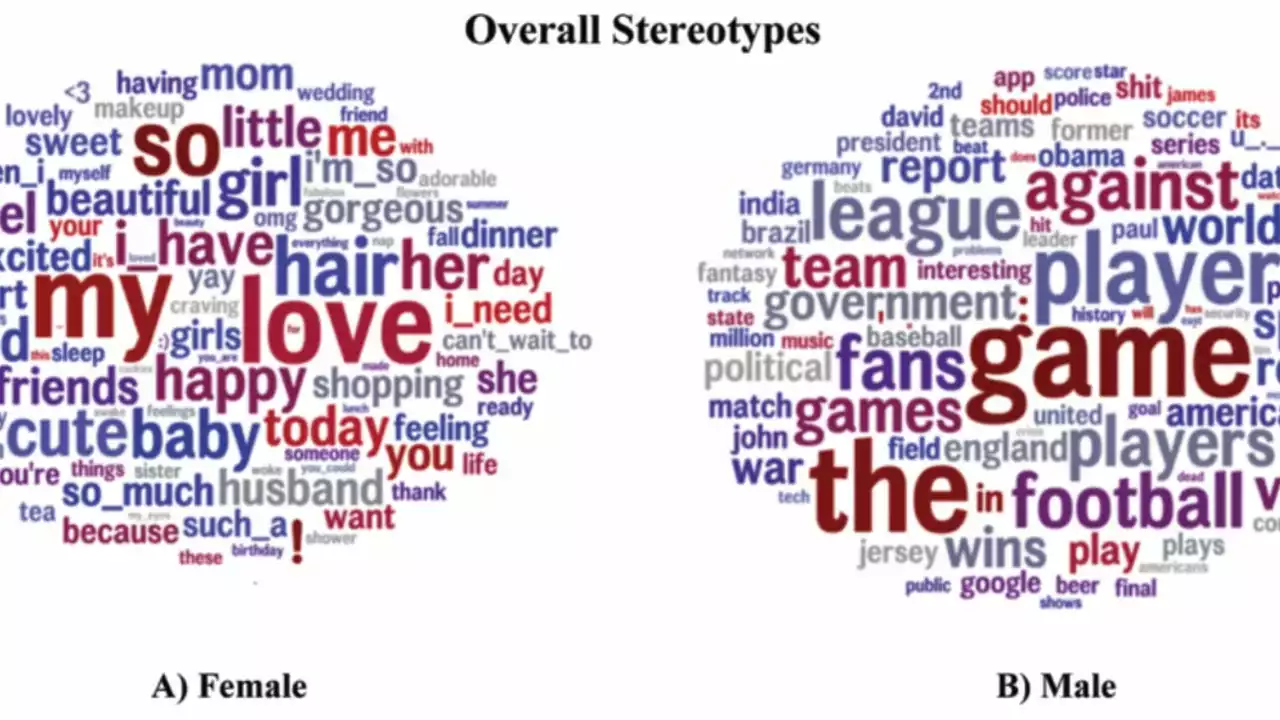Gender Stereotypes and Interests – Why Kids Should Follow Their Own Passions
Ever wonder why some parents instantly react when a girl asks for a toy car? Or why a boy’s excitement over a doll triggers an eye‑roll? Those reactions come from long‑standing gender stereotypes, not from any real rule about what kids can or can’t love. The truth is simple: children aren’t built to fit a box.
Kids and Cars: Breaking the Mold
Take a look at Sarah, an 8‑year‑old who spends her weekends fixing a remote‑control car. She’s learning about gears, torque, and problem‑solving – skills that anyone can use later in life. When we let a girl dive into cars, we’re not stealing playtime from dolls; we’re giving her a chance to explore mechanics, confidence, and perseverance.
Research from a small community program showed that girls who play with construction toys score higher on spatial‑reasoning tests, even when the toys aren’t marketed to them. That’s not magic; it’s the result of hands‑on experience. So if your daughter is drawn to engines, encourage it. A simple garage set, a bike repair kit, or a visit to a local race track can turn curiosity into solid knowledge.
Dolls Aren’t Just for Girls
Now flip the script. Imagine a boy who loves playing with dolls. He might create whole stories, practice empathy, and develop social skills that help later in friendships and teamwork. Those aren’t “girly” traits – they’re human traits.
One teacher noticed his class’s reading scores jump after allowing boys to use dolls in storytelling exercises. The kids weren’t thinking about gender; they were focused on imagination. By giving all kids access to a full range of toys, we let them develop the full spectrum of abilities.
So, what can you do right now?
- Swap the “boys‑only” and “girls‑only” labels on shelves. Put cars, tools, and sports gear together with dolls, art supplies, and kitchen sets.
- Talk openly about why you’re offering diverse choices. Explain that interests are personal, not prescribed by society.
- Watch for the excitement in your child’s eyes, not the gender label on the toy.
When you support a child’s genuine interest, you’re teaching them to trust their instincts, to question unfair rules, and to grow into confident adults. Whether it’s a race car, a paintbrush, a doll, or a bike, the goal is the same: let them explore, fail, learn, and have fun.
Remember, breaking a stereotype isn’t about making a statement; it’s about giving a child the freedom to be themselves. The next time you hear someone say, “She should be playing with dolls,” ask them, “Why not a car if that’s what she loves?” That tiny question can shift a whole mindset.
In the end, gender stereotypes are just old ideas that don’t match the real world. Kids will thank you for letting them follow their passions – and you’ll see them thrive in ways you never expected.
Should a girl be into cars and not girl dolls?

In my exploration of whether a girl should be into cars instead of dolls, I've concluded that there are no defined boundaries. Every child is unique, and their interests should be nurtured regardless of societal norms. Girls who love cars can develop valuable skills like problem-solving and mechanical knowledge, just like boys who play with dolls may grow emotionally and socially. It's high time we stop boxing our children into gender stereotypes. Let's focus on encouraging their passions, be it cars, dolls, or anything else under the sun.
- July 19 2023
- Declan Whitmore
- 0 Comments